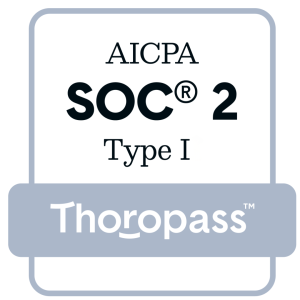How to Mitigate Implicit Bias
As grantmakers or individuals responsible for allocating funds to various programs, it is essential to recognize the influence of our own life experiences on how we perceive the world. When it comes to reviewing grant applications, it becomes crucial to establish procedures that ensure reviewers evaluate each application objectively, based on its merit and according to the grant’s standards, rather than their personal biases.
Let’s explore some common ways in which implicit bias manifests in the realm of philanthropy and how we can address them:
1. Language Bias
Clear communication is vital in any application process, including grantmaking. However, minor grammar or spelling mistakes should not serve as dealbreakers. Placing excessive weight on such errors can disproportionately burden non-native English applicants. It is important to focus on the substance of the applications rather than getting caught up in linguistic nuances.
2. Diversity Bias
A successful team is one that embraces diversity and inclusivity. In the grantmaking process, diversity should extend beyond the pool of applicants and include the reviewing teams as well. Insufficient diversity within the review team can significantly compromise the quality and fairness of the grant review. For instance, if an applicant pool encompasses individuals from diverse cultural, social, educational, and economic backgrounds, a review team composed solely of individuals from similar social backgrounds and top universities may not possess the necessary perspectives to evaluate each applicant fairly and impartially.
3. Racial Bias
Racial bias, whether conscious or implicit, represents one of the most prevalent forms of bias in philanthropic funding. Organizations must actively work toward reducing racial bias in their grantmaking processes. A valuable resource in this endeavor is Grant Craft’s whitepaper, “Grantmaking With A Racial Equality Lens,” which provides insights into racial bias within philanthropy and offers guidance on making meaningful progress towards reducing it. A “Racial Equity Lens” approach enables grantmakers and foundation leaders to pay deliberate attention to race and ethnicity when analyzing problems, seeking solutions, and defining success.
To actively mitigate the effects of implicit bias and foster greater vigilance within review teams, consider implementing the following steps:
Step 1: Use Single or Double-Blind Review
Implementing a single or double-blind review process can reduce the harmful effects of implicit bias. By hiding sensitive information such as names, ages, locations, genders, ethnic groups, and more, reviewers are prevented from making unconscious bias-led decisions. This approach ensures that only information directly related to the application and its suitability for the grant is considered, minimizing the potential for bias. Tracking an applicant’s record during the review process can sometimes do more harm than good, especially when it comes to women and individuals from ethnic minority groups. Concealing irrelevant personal information allows for a fairer evaluation.
Step 2: Diversify Your Review Team
To minimize implicit bias, it is essential to have a diverse review team that reflects a range of backgrounds and experiences. This diversity should extend beyond race and include factors such as social and economic backgrounds, gender, ability, education, and culture. By assembling a diverse review panel, you ensure a fair and equitable evaluation process that considers multiple perspectives.
Step 3: Leverage Technology for Improving the Selection Process
If your grant program receives a high volume of submissions, it is easy to overwhelm reviewers, especially if multiple steps and peer reviews are involved. Technology can be a powerful tool to automate administrative tasks and streamline the selection process. A robust grant submission platform can assist in sorting applications among reviewers, controlling access, detecting bias, providing feedback and updates, and facilitating collaboration among team members. Automating routine tasks allows reviewers to focus on the most critical aspect—reviewing the submissions themselves.
By adopting the right grant submission software, you can significantly reduce administrative burdens and empower your review teams to make more informed decisions. However, it is essential to recognize that combating implicit bias requires ongoing dedication and involvement from everyone involved. While complete elimination may be unrealistic, implementing specific processes and utilizing technology can minimize its impact.
In your next review, consider scheduling a demo of Submit’s smart grant submission platform—an effective step toward empowering your review teams in their commitment to equity and fairness in philanthropy. Together, we can work toward creating a more inclusive and unbiased grantmaking process.












